8 Rules to Follow If You Want to Cure Varicose Veins
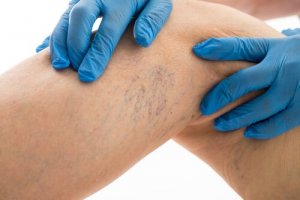
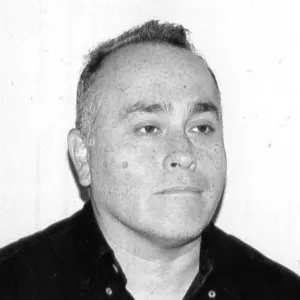
Reviewed and approved by Doctor Carlos Fabián Avila
Treatment to cure varicose veins should include a series of healthy habits that support circulatory health. While there are many procedures and cosmetic products that allow you to minimize them, you should follow some basic “rules” that are essential if you want to cure them.
Apart from being an aesthetic problem, these bulging veins indicate problems with the passage of blood flow. Therefore, in addition to leaving a bad appearance on the legs, they also tend to cause a feeling of heaviness and pain.
Why does this condition occur? How can you treat varicose veins naturally?
Since many suffer from this issue, we want to provide you with some health tips for varicose veins. However, remember that the tips must be applied together, because there is no simple, one-stop cure.
What are varicose veins?
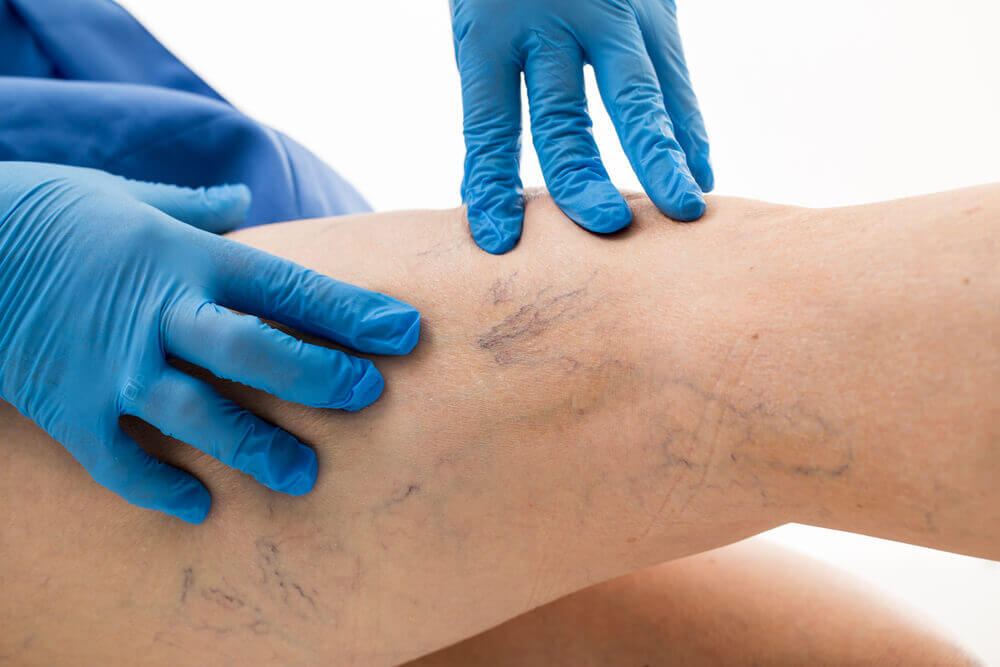
Symptoms
The most characteristic symptoms of varicose veins are:
- Inflamed, protruding veins,
- A feeling of burning and heaviness in the lower extremities,
- Pain and cramps in the legs,
- Itching around the affected veins,
- Bleeding from varicose veins,
- Changes in the skin or hardening of the vein.
Read also:
5 Alternative Treatments for Varicose Veins
Where do varicose veins come from?
When the valves of the veins stop working properly, the blood flow has difficulty returning from the legs to the heart. Since the blood suffers stagnation, the veins becomes inflamed and form varicose veins.
Although many cases are related to genetic factors, they are often made worse by physical overexertion or obesity. In addition, they tend to be more frequent among the elderly.
The factors that influence their appearance are:
- Obesity or being overweight
- Pregnancy
- Bad posture when walking
- Staying seated and crossing your legs
- Abrupt hormonal changes
- Circulatory system diseases
Basic rules to cure varicose veins
Maintaining a healthy lifestyle is the best complement both to cure varicose veins and to delay their appearance. This involves making some changes in your daily routine and removing some “bad habits” that affect the circulation.
1. Avoid staying in the same position for too long
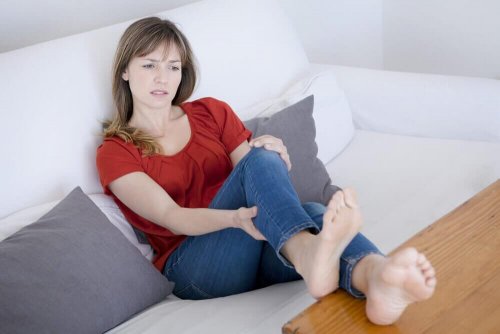
2. Elevate your legs
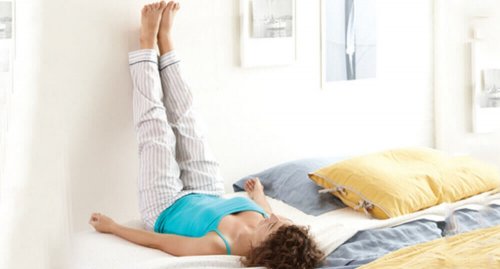
3. Do physical exercise
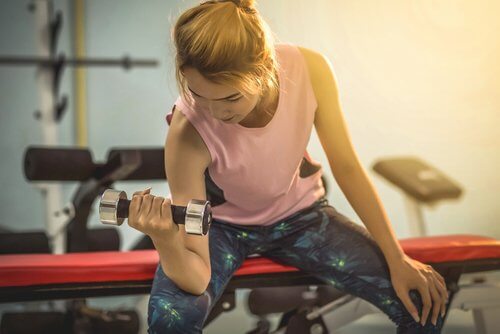
4. Apply massages
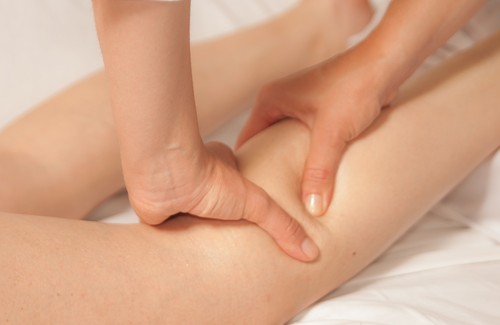
See also:
Get Rid of Varicose Veins the Natural Way with these Homemade Remedies
5. Take a cold shower

6. Avoid tight-fitting garments
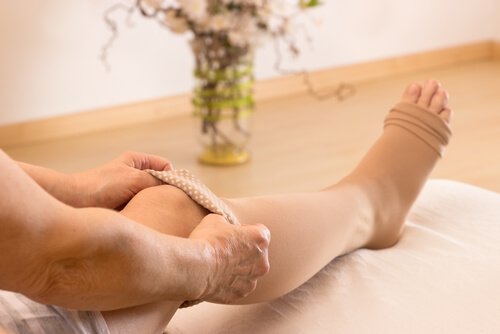
7. Improve your nutrition
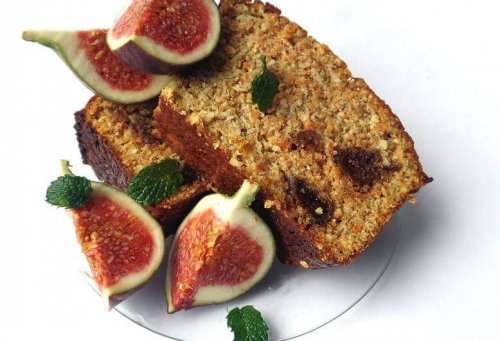
8. Avoid alcohol and tobacco
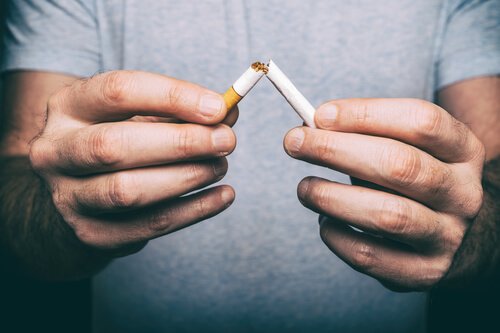
Their toxins deteriorate the arteries and make it difficult for the blood to pass through.
In Summary
Healthy habits are key when the goal is to cure varicose veins. Although there are many professional therapies that eliminate them, all of these recommendations prevent them from reappearing.
Therefore, it’s not just about applying these recommendations for a while, but including them in your lifestyle.
All cited sources were thoroughly reviewed by our team to ensure their quality, reliability, currency, and validity. The bibliography of this article was considered reliable and of academic or scientific accuracy.
- Jawien A. The influence of environmental factors in chronic venous insufficiency. Angiology. 2003;54 (Suppl 1):S19-31
- Bass A. The effect of standing in the workplace and the development of chronic venous insufficiency. Harefuah 2007;146(9):675-6, 734-5.
- Rodrigo JA, Villa R. Guías de manejo de la insuficiencia venosa crónica. Guías Clínicas [en línea]. 2000, vol 2 N°21. [citado el: 15 de Diciembre de 2008].
This text is provided for informational purposes only and does not replace consultation with a professional. If in doubt, consult your specialist.








